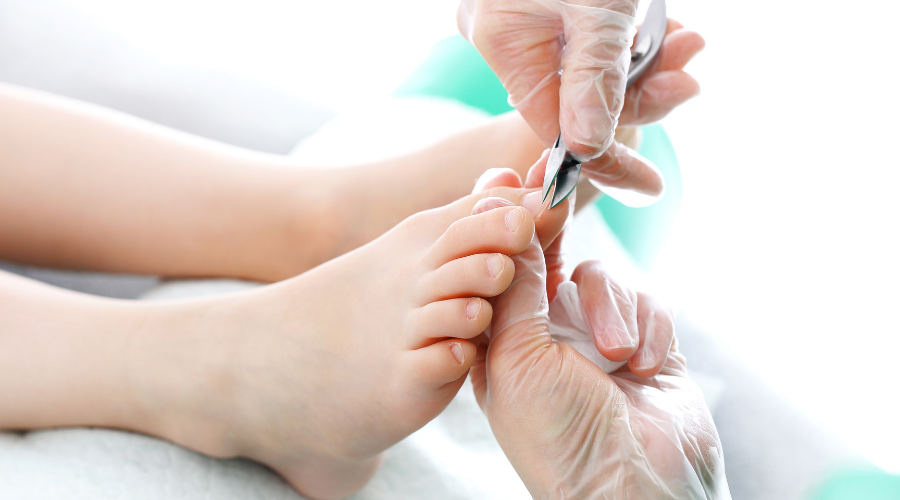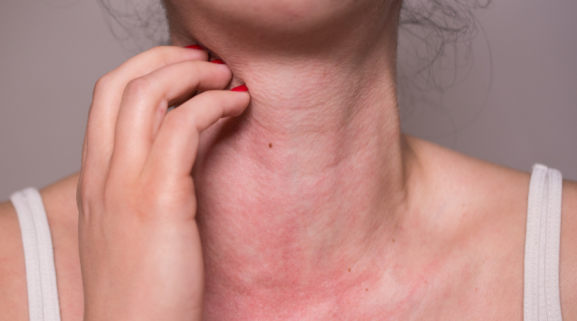What is Ringworm?
What is Ringworm?
Ringworm, whose medical name is Alopecia Areata, is the sudden loss of hairs such as eyelashes, eyebrows or hair in a certain area. The sudden shedding of the beards is called a beard. Ringworm usually presents as oval-round shaped openings on the scalp. The course of the disease may vary from person to person. Over time, hair may grow back in this area, remain stable, or a new lesion may appear in another area. The regrowth hair is usually white, but then it goes back to its original color. Ringworm disease, which is more common in men, is usually seen in young individuals under the age of 40. Although most of the patients have symptoms on the scalp, it has been observed that other parts of the body are also affected in about 1 in 10.
Ringworm disease, which does not cause any pain may rarely cause redness and itching in the spill area.The doctor can make a diagnosis immediately by clinical examination. However, sometimes in case of suspicion of infection, possible fungal infections are detected by taking a biopsy sample from the scalp. Tests can be done by taking a blood sample to rule out the possibilities such as vitamin deficiency, iron deficiency, hormonal disorders where hair loss is common.
The mechanism of formation of ringworm, which is an autoimmune disease, is the body’s definition of hair follicles as a foreign substance. The immune system is focused on protecting the body and attacking foreign substances. In the case of autoimmune disease, the body mistakenly identifies its own cells as foreign. The immune system, which perceives the hair follicles as foreign, suddenly becomes alarmed and activates the white blood cells. Since the hair follicles, where the hair develops and grows, are damaged, the hair cannot grow and fall out.
The exact cause of ringworm disease is unknown. However, it has been observed that some health problems occur together with ringworm. Individuals with Down syndrome and those with autoimmune diseases have a higher risk of getting ringworm. It has been determined that diseases such as eczema, vitiligo, type 1 diabetes and psoriasis often accompany ringworm. The main triggering cause of ringworm is thought to be genetic factors. An individual with a family history of ringworm is 3-6 times more likely to have ringworm than the normal population.
How is it treated?
Since ringworm is an autoimmune disease, the drugs used in its treatment are also directed towards this condition. In the treatment, immunosuppressive drugs or steroid group drugs are preferred. Ringworm in the initial stage can go away on its own, or topical corticosteroid ointments can be applied. Corticosteroid drugs in the form of lotions, ointments, sprays or creams are used for moderate ringworm. Creams may not be enough for ringworm in advanced stages. In this case, more effective methods such as subcutaneous steroid injection and oral pills can be applied. Systemic corticosteroid drug treatment is applied in ringworm that covers the whole body. In the treatment, methods such as supplementary drugs and phototherapy that trigger hair growth can also be used.
How does the process work? How much will it take?
After the start of treatment, the first month of treatment should be checked by a doctor and the drugs should be used regularly. The doctor will make the best evaluation according to the situation. In this process, smoking and alcohol should not be consumed to support hair production. Foods rich in iron, vitamins and minerals should be added to the nutrition program, and foods containing antioxidants should be consumed to reduce the attacks of the immune system.
In addition to drug treatment, herbal products such as almond oil and argan oil that support hair growth can be applied to the scalp. However, products such as garlic and onions should not be applied based on hearsay, as they may cause skin irritation.
The area with hair loss will be more sensitive to environmental factors. For this reason, a hat or cover that will not disturb the area can be preferred when going out. Bed linen and pillowcases should be changed regularly to reduce the risk of infection.



